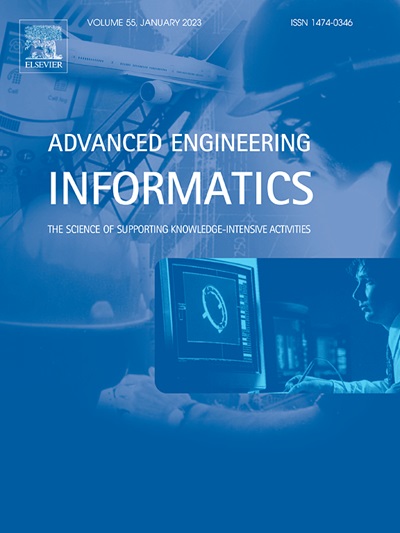AI-powered NUN-SEDFN framework for addressing sparse data challenges in geotechnical parameter prediction
IF 8
1区 工程技术
Q1 COMPUTER SCIENCE, ARTIFICIAL INTELLIGENCE
引用次数: 0
Abstract
Accurate and comprehensive geological parameter acquisition is a persistent challenge in engineering geological mapping, particularly in construction environments with complex conditions where conventional drilling is impractical. Addressing the issue of sparse drilling data, this study introduces a novel prediction framework combining Non-Uniform Normalization (NUN) and a Spectral-Enhanced Deep Fusion Network (SEDFN). The proposed framework enhances the ability to predict geotechnical characteristic parameters critical for construction and infrastructure management. Specifically, the NUN-SEDFN framework transforms sparse textual drilling data into high-resolution geotechnical parameter maps by leveraging advanced AI techniques for data processing and prediction. The characterization stage employs NUN to ensure robust mapping between geotechnical data and image representations, addressing challenges in integrating large-span geological feature parameters. The prediction stage uses Frequency-Domain High Preservation Fast Fourier Convolution (FHP-FFC) and a Modified Super Resolution Convolutional Neural Network (mSRCNN) to learn and reconstruct high- and low-frequency geotechnical features, achieving over 80% prediction accuracy. This method enhances the reliability of geological mapping, offering significant potential for optimizing resource allocation, cost reduction, and safety in engineering and construction tasks. Furthermore, it demonstrates how AI can address data scarcity and improve decision-making in construction environments, aligning with current industry needs and technological trends.
求助全文
约1分钟内获得全文
求助全文
来源期刊

Advanced Engineering Informatics
工程技术-工程:综合
CiteScore
12.40
自引率
18.20%
发文量
292
审稿时长
45 days
期刊介绍:
Advanced Engineering Informatics is an international Journal that solicits research papers with an emphasis on 'knowledge' and 'engineering applications'. The Journal seeks original papers that report progress in applying methods of engineering informatics. These papers should have engineering relevance and help provide a scientific base for more reliable, spontaneous, and creative engineering decision-making. Additionally, papers should demonstrate the science of supporting knowledge-intensive engineering tasks and validate the generality, power, and scalability of new methods through rigorous evaluation, preferably both qualitatively and quantitatively. Abstracting and indexing for Advanced Engineering Informatics include Science Citation Index Expanded, Scopus and INSPEC.
 求助内容:
求助内容: 应助结果提醒方式:
应助结果提醒方式:


